Thang Long was chosen by the monarchies as the capital for many centuries. Therefore, since its establishment, it has occupied the symbolic position of the country. To realize this symbolic nature, on the one hand, the ancients built structures with functions associated with the power rituals of the dynasties and religions. On the other hand, the ancients built a system of meanings for the structures expressing the position of "at the center of heaven and earth" of this capital.

First of all, the palaces in the Imperial Citadel area have only archaeological remains, but recent discoveries have unearthed artifacts with typical animal shapes such as dragon-carved Bodhi leaves and terracotta phoenix heads in the style of the Ly - Tran dynasties (11th - 13th centuries), demonstrating sophisticated artistic skills.
The most impressive remaining traces on the ground are the Kinh Thien Palace steps with the largest stone dragons in Vietnam, followed by the Doan Mon stone gate, both dating from the early Le Dynasty (15th century). The continuation of the symbolic system was also created during the Nguyen Dynasty with the North Gate and the Flag Tower, in which the Flag Tower was the highest observation point in the inner city until the mid-20th century, becoming a symbol of Hanoi during the Revolutionary period when the red flag with a yellow star always reigned as a landmark that all four directions led to. Many logos or graphic decorations about Hanoi have used the Flag Tower as the main motif, as well as appearing many times on Vietnamese banknotes.

Another symbol that only Hanoi has: the city gate. These are the entrances to the citadel on the ramparts that create the boundary between Thang Long and the surrounding area, dating back to the time of Lord Trinh Doanh, and built in 1749. Functioning as the entrances to the city, there were 21 city gates in history, but today only Quan Chuong Gate remains, built in 1817. The city gate is built of bricks with a simple watchtower, curved roofs like a strong spearhead against the blue sky, present next to the streets lined with tiled roofs, creating a symbol in the collective memory of Hanoians.

Musician Van Cao has mentioned the city gates more than once as epic triumphal arches: “This ward, this old street, this road to the old city, the thousand-year-old shadow of the lake fades when the dream fades” (Song of Thang Long March) and “The five city gates welcome the advancing army, like flower platforms welcoming the blooming of five peach petals. Flowing a sparkling stream of morning dew” (Marching to Hanoi).
Besides the symbols of power, Hanoi space also contains cultural works, representing the concept of the country's cultural and intellectual center through many dynasties. Sometimes it is an orthodox symbol such as Khue Van Cac built in 1805 in the Temple of Literature - Quoc Tu Giam in the form of a pavilion, representing the image of the Khue star symbolizing literature and learning in Confucianism, with a circular layout and rays of light radiating under a yin-yang tiled roof system, always in a golden color showing the solemnity in traditional concepts. The Khue Van Cac star is now present in the symbol of Hanoi city and moreover, the national education, starting from a place from the Ly dynasty (1070), associated with the thousand-year history of this city.

But Hanoi also has symbols that come from historical coincidences, such as the Turtle Tower in the middle of Hoan Kiem Lake. Hoan Kiem Lake or Hoan Kiem Lake is already a landscape symbol of Hanoi, a subtle link between the Old Quarter and the French Quarter, but it is the Turtle Tower on Quy Son Hill that truly completes the central concept of this land. Built around the late 1870s, the Turtle Tower is a rectangular tower, three stories high, with the two lower floors having pointed arches in the style of a Gothic cathedral, while the top floor has round windows and a dragon-shaped roof in the style of an East Asian temple.
The story of Hoan Kiem Lake also left a mark on the way the French created the citadel of Hanoi, which includes the image of a pair of dragons guarding a sword on a lake and the image of a citadel, suggesting the story of King Le Thai To returning the sword to the Golden Turtle God after defeating the Ming invaders.

History with its changes has left on the land of Thang Long - Hanoi many relics capable of creating diverse symbols, from the famous Dien Huu pagoda with the One Pillar Tower bearing the legend of a lotus platform from the 11th century, Dong Da mound associated with Quang Trung's victory over the Qing army in the spring of 1789, the Ngoc Son temple complex, The Huc bridge and But tower reflecting on Hoan Kiem lake creating cultural symbols of Hanoi in the 19th century, to colonial works such as Long Bien bridge, Opera House...
Modern times seem to witness a search for new symbols, from new bridges across the Red River to large-scale structures in terms of height and volume. Generations often expect new symbols to reflect the glorious past while still expressing contemporary values.




![[Photo] Unique folk games at Chuong Village Festival](https://vstatic.vietnam.vn/vietnam/resource/IMAGE/2025/4/10/cff805a06fdd443b9474c017f98075a4)
![[Photo] Opening of the 11th Conference of the 13th Party Central Committee](https://vstatic.vietnam.vn/vietnam/resource/IMAGE/2025/4/10/f9e717b67de343d7b687cb419c0829a2)
![[Photo] April Festival in Can Tho City](https://vstatic.vietnam.vn/vietnam/resource/IMAGE/2025/4/10/bf5ae82870e648fabfbcc93a25b481ea)
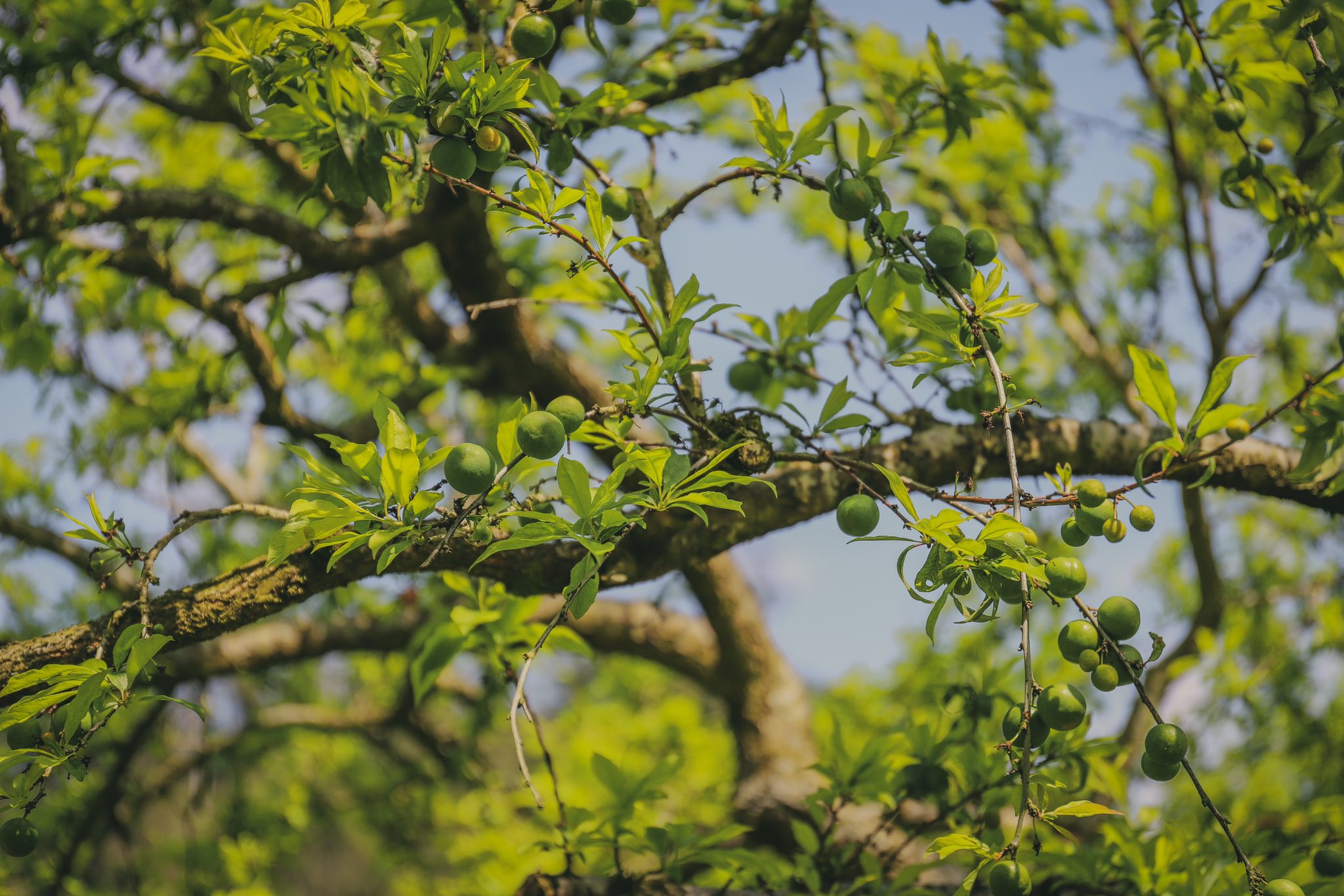
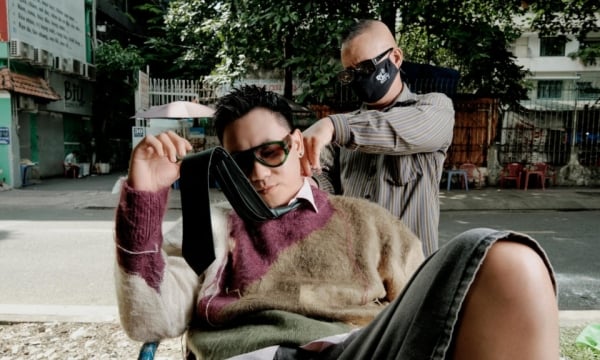

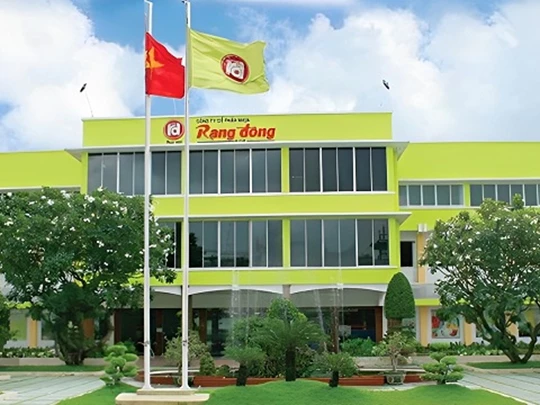


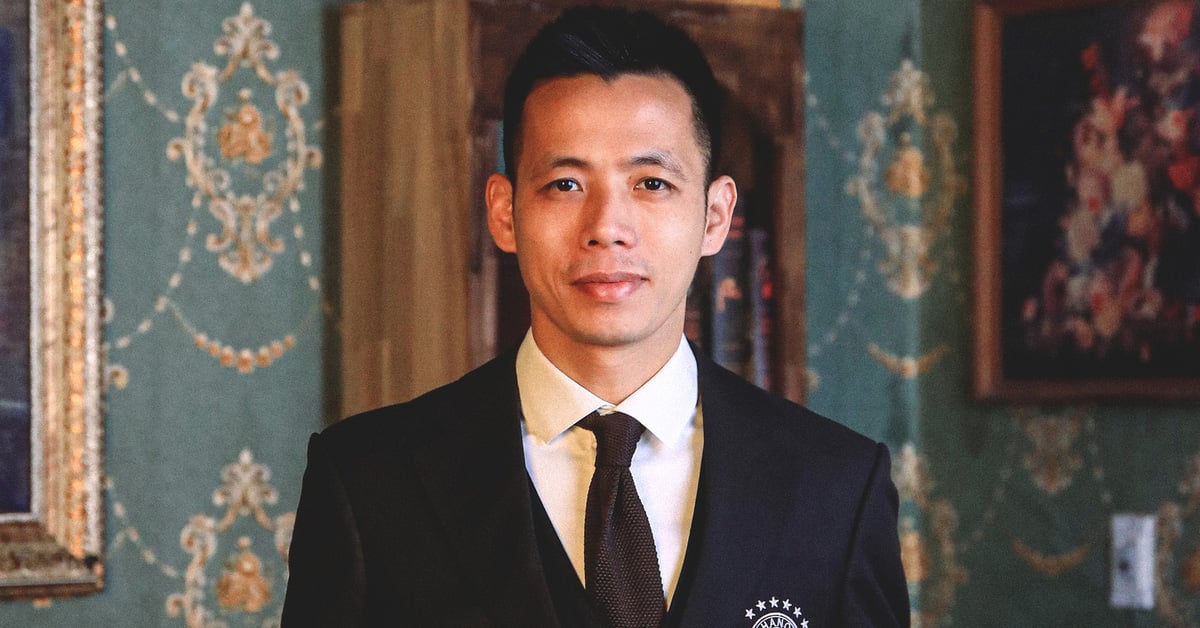

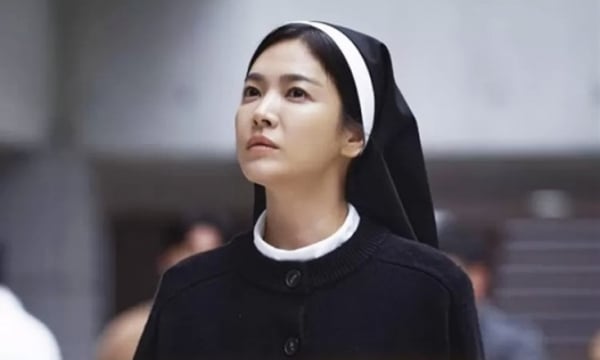

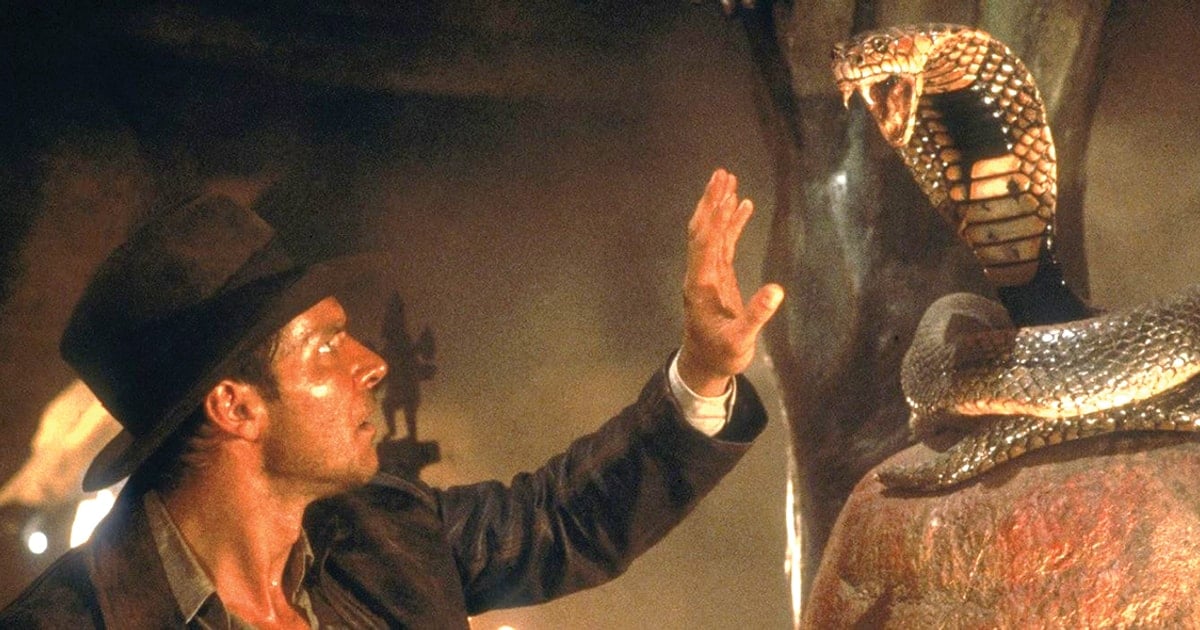
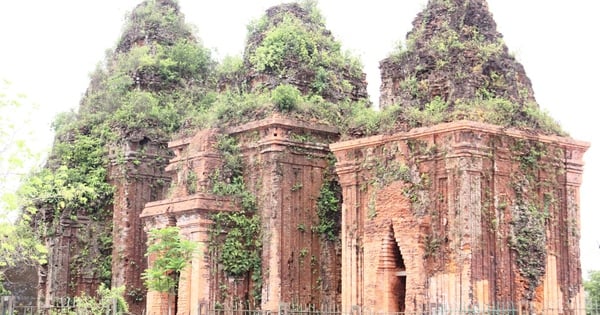

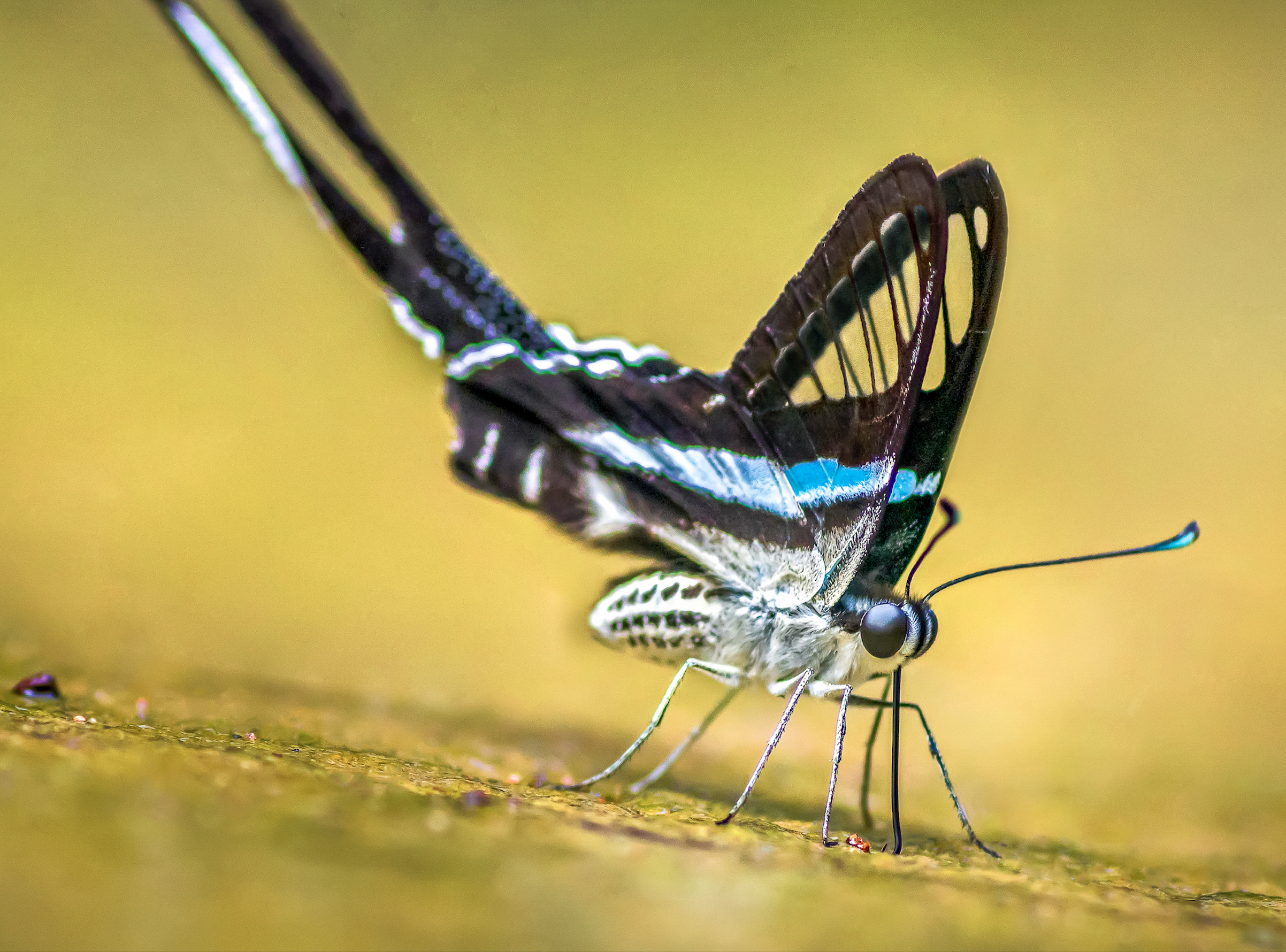

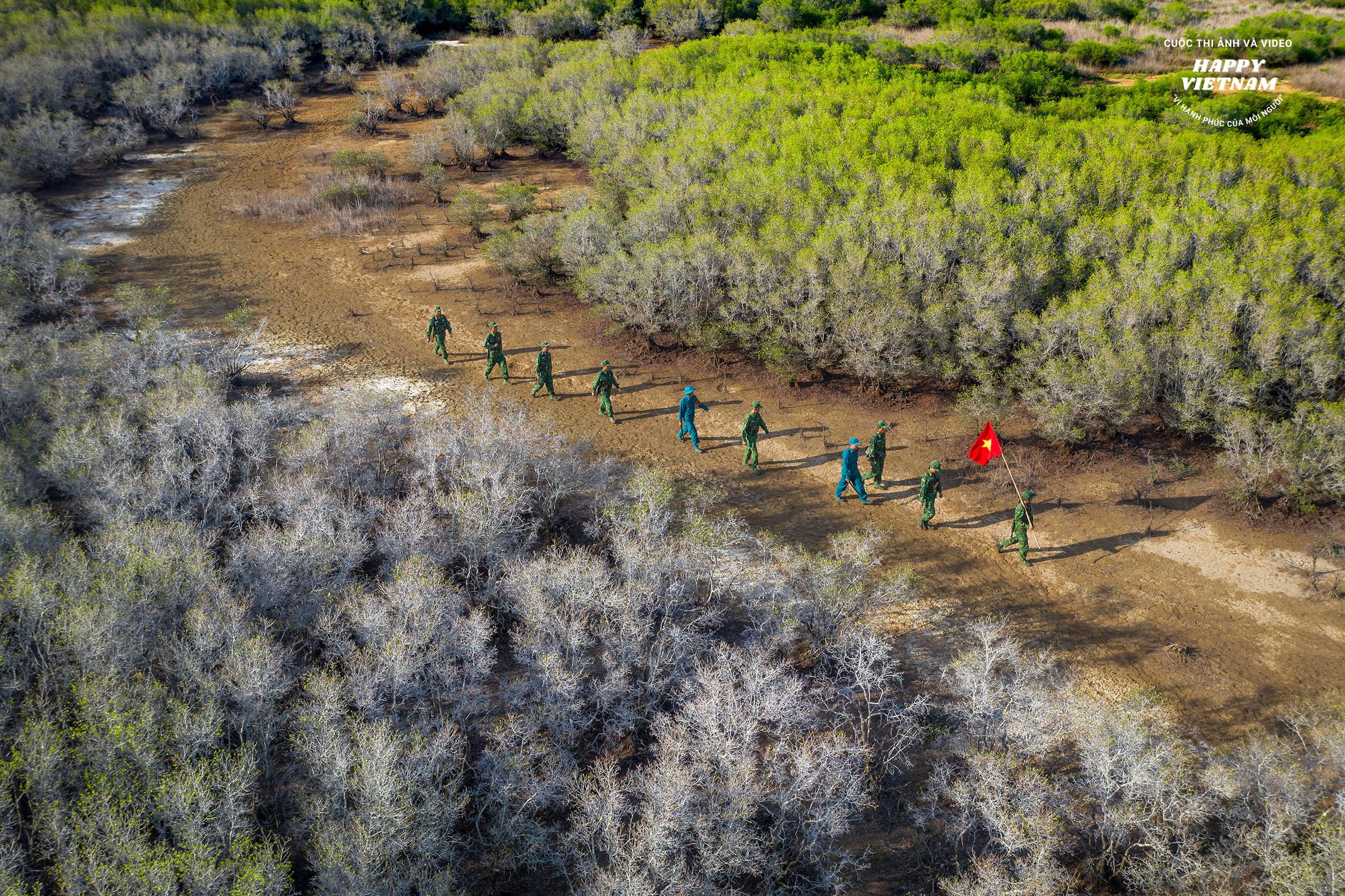
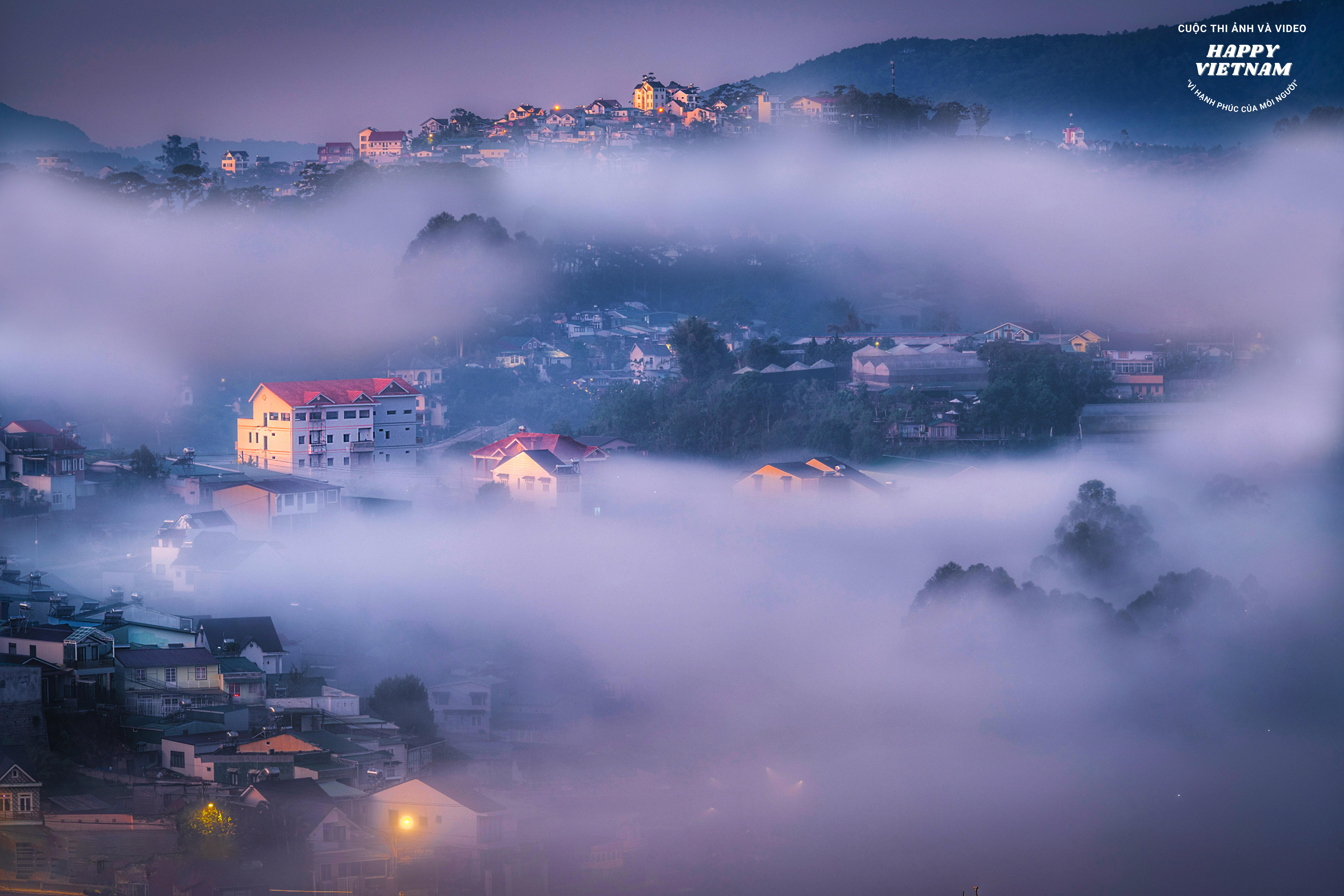




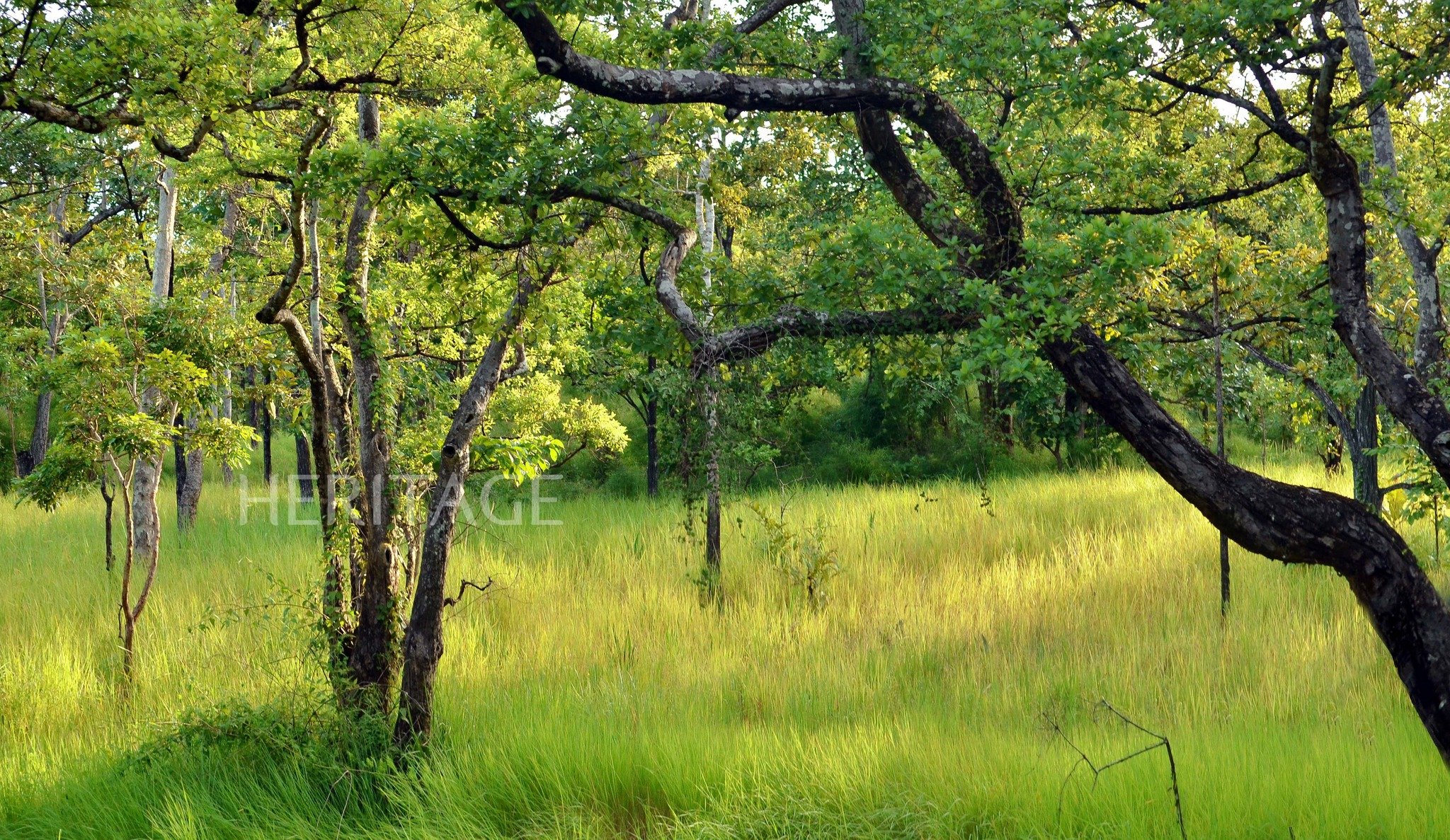
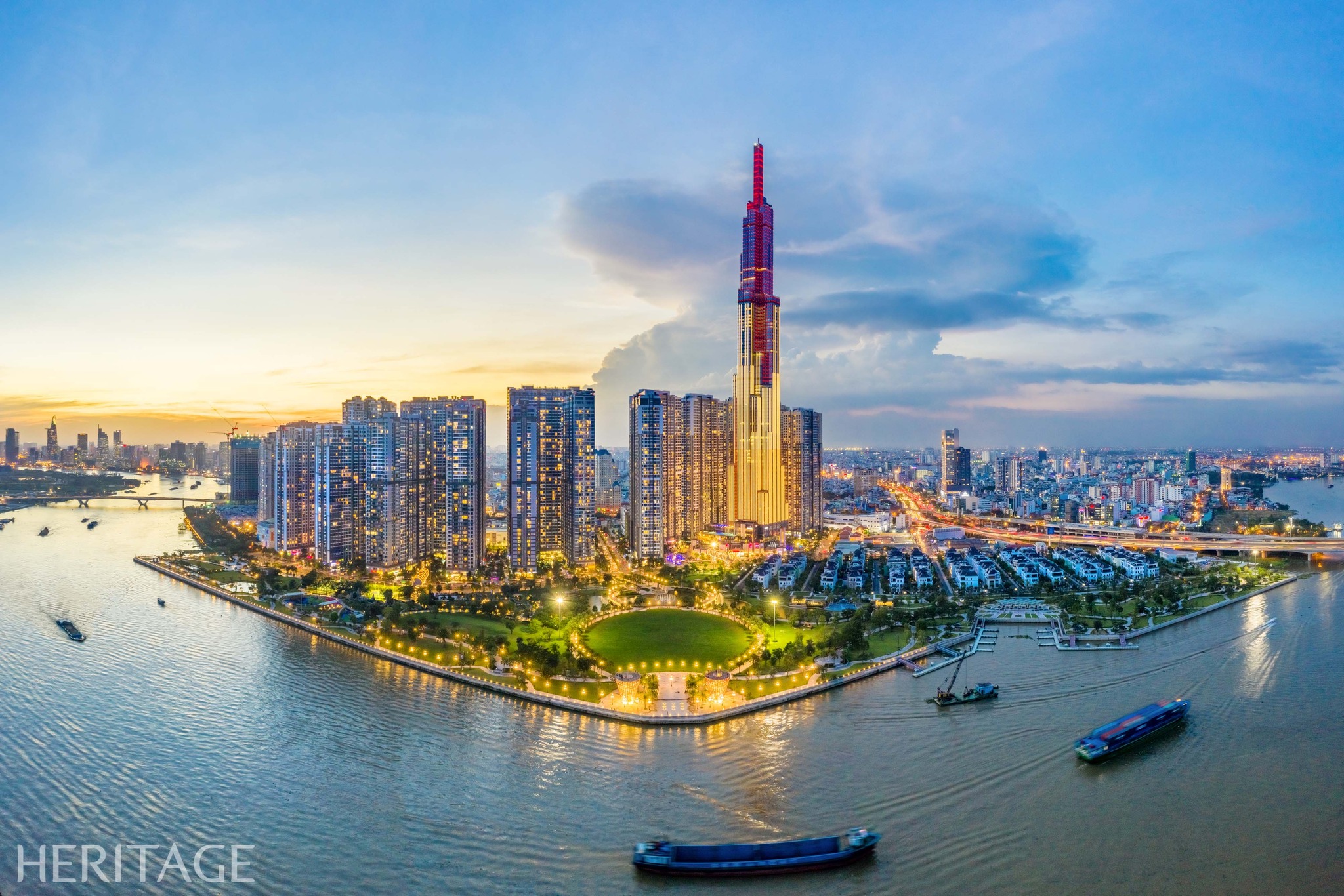


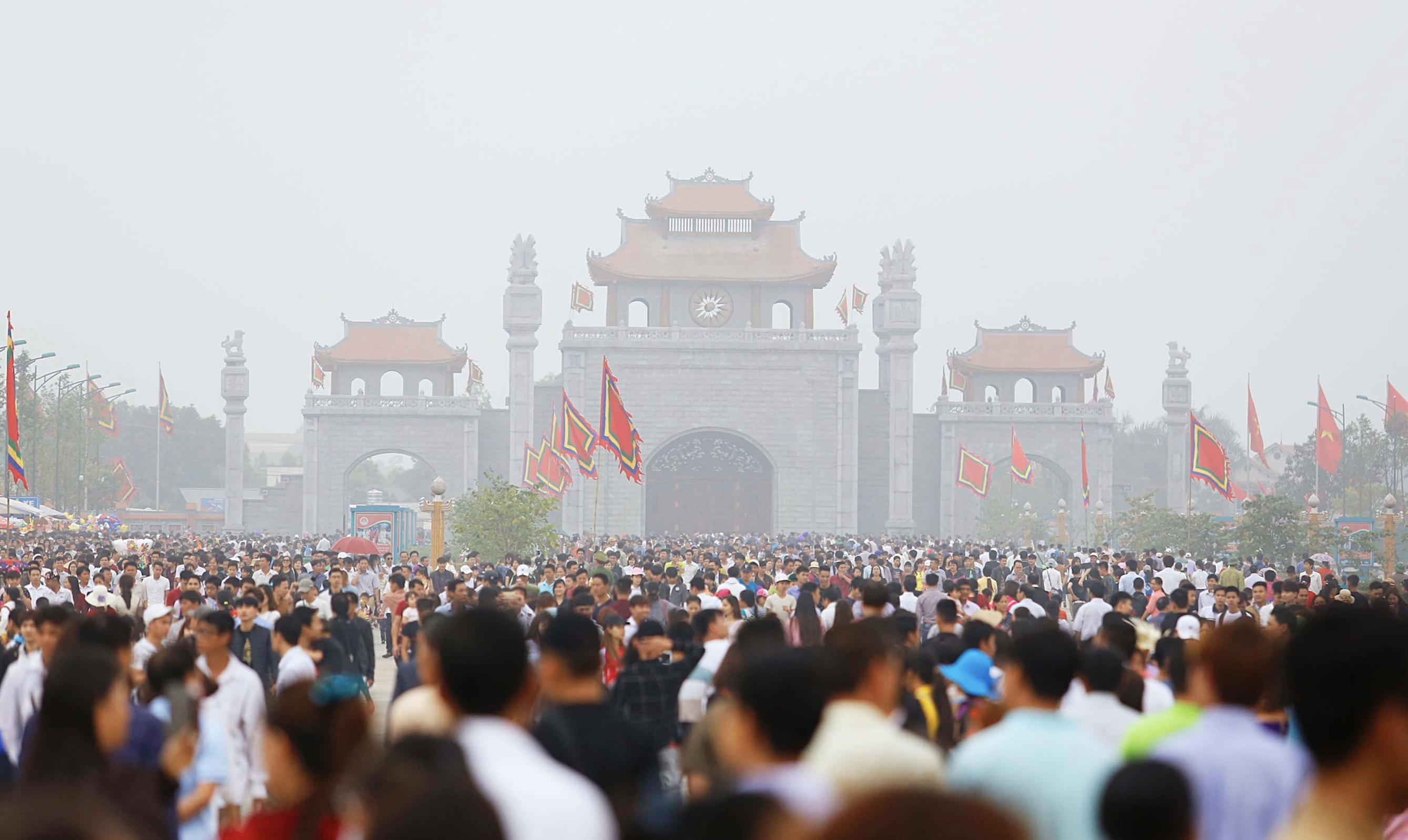
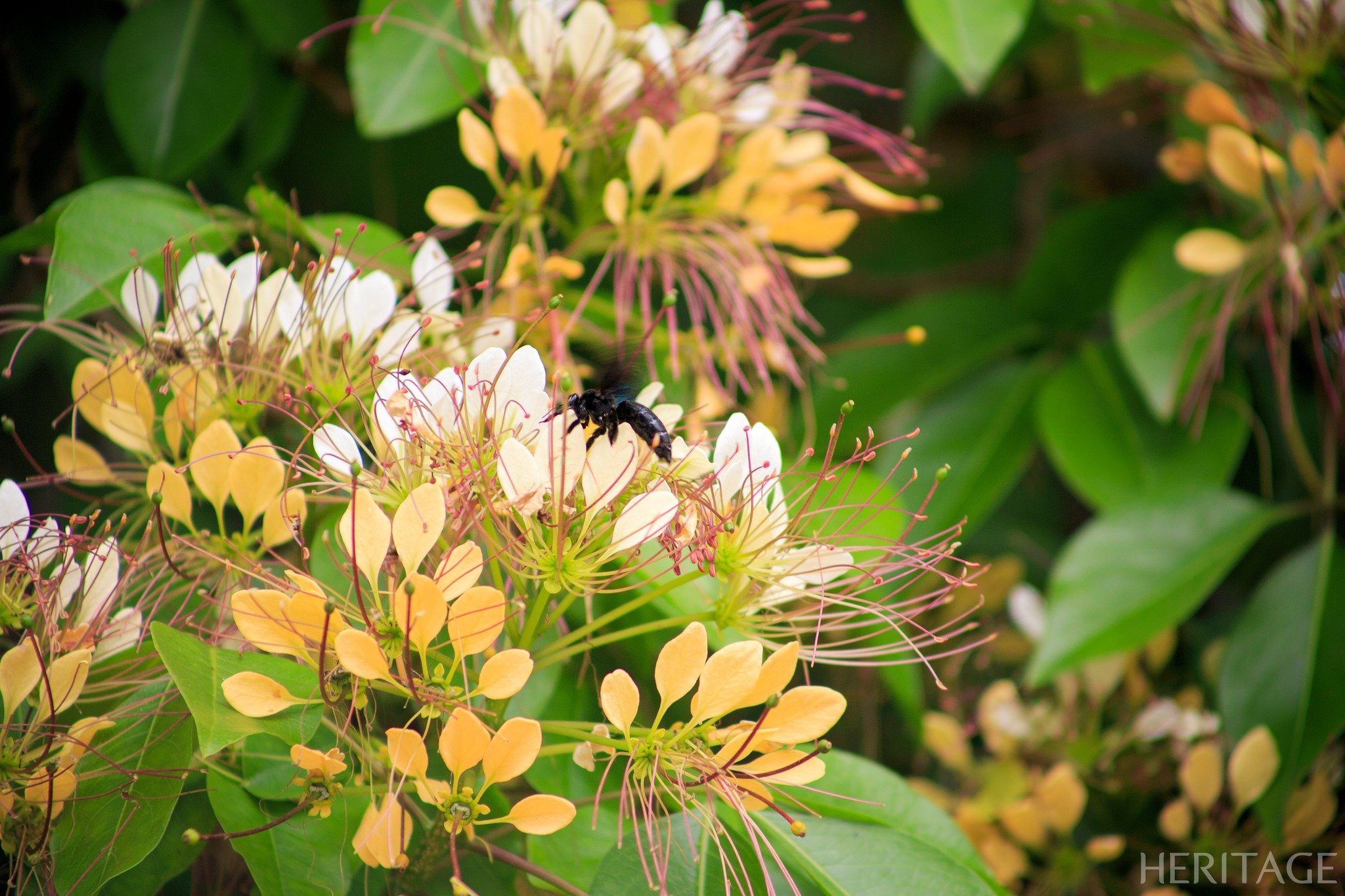



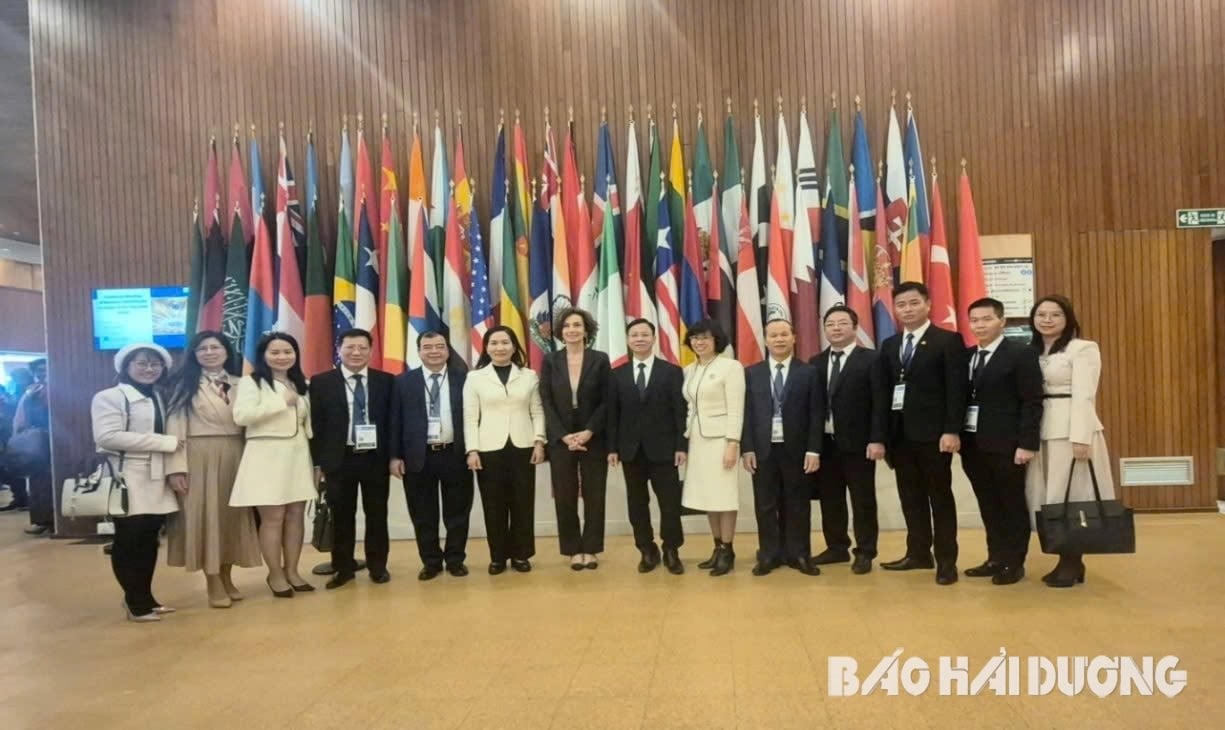






















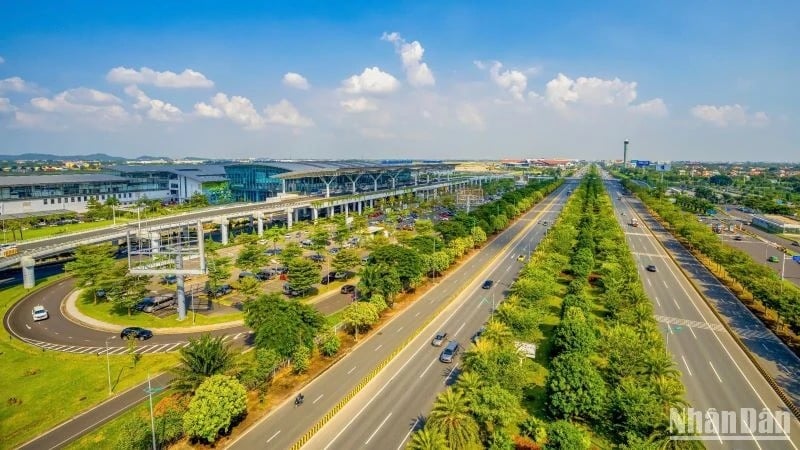



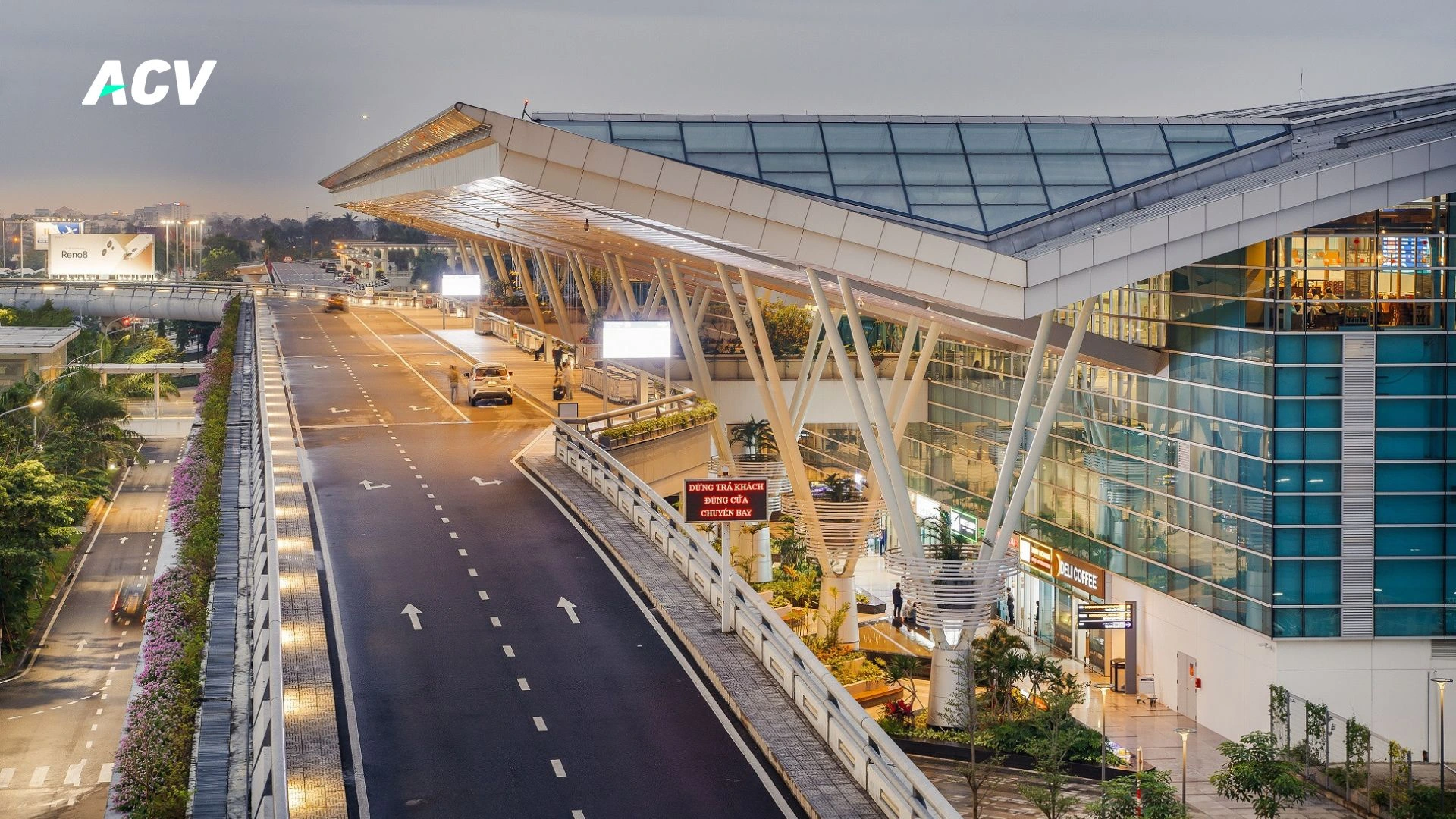



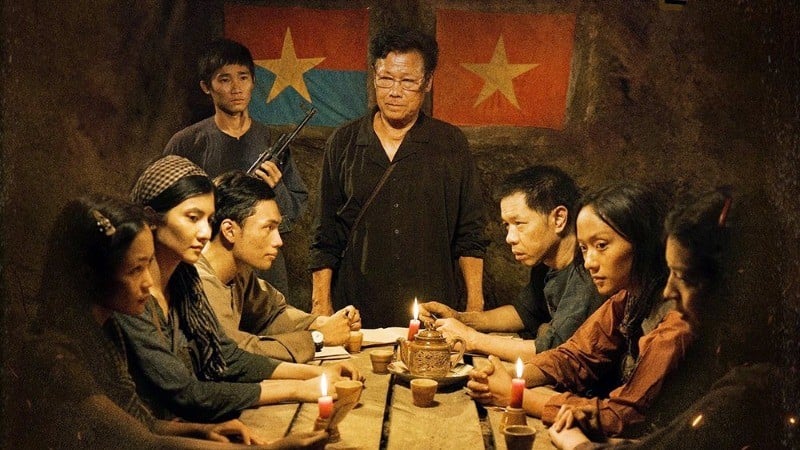



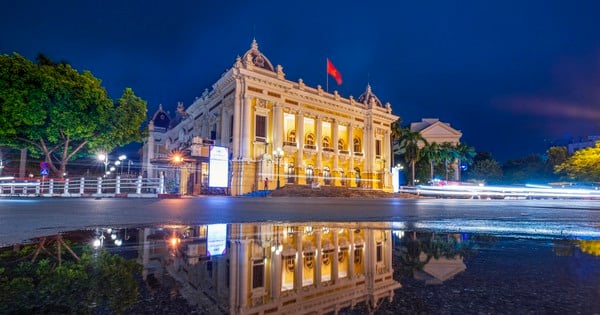


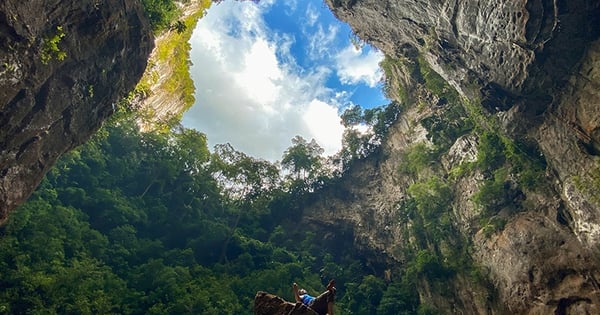




![[Infographic] Diverse activities of the 4th Dong Thap Province Book and Reading Culture Day in 2025](https://vstatic.vietnam.vn/vietnam/resource/IMAGE/2025/4/10/a5f00b7d966a475d891f3c3e528c9a66)


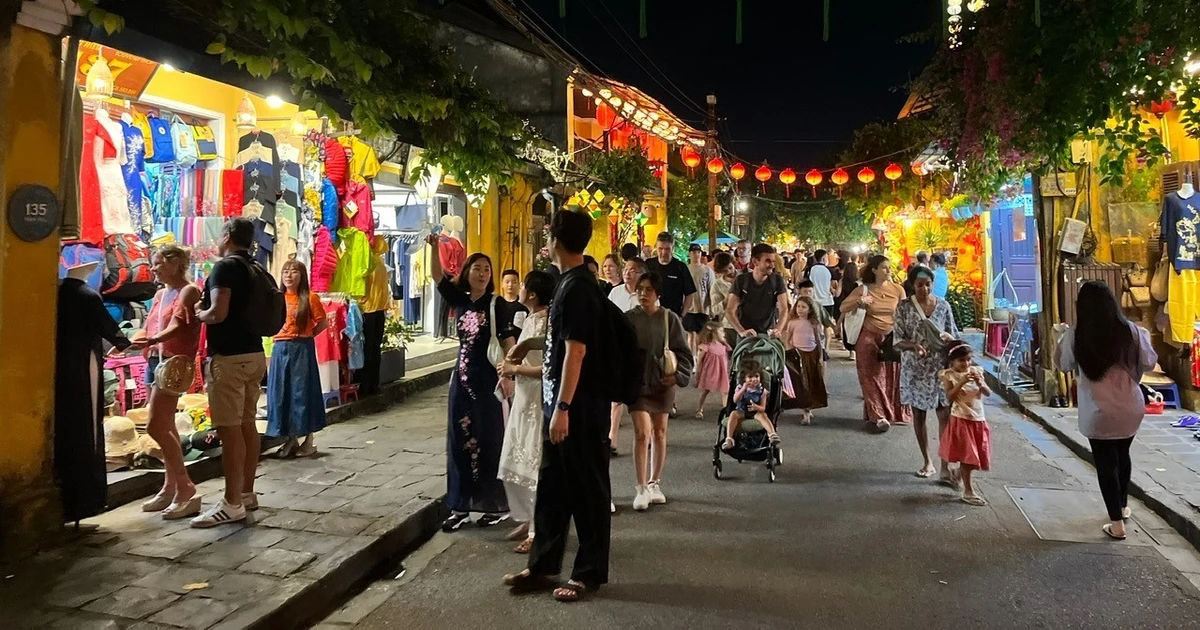




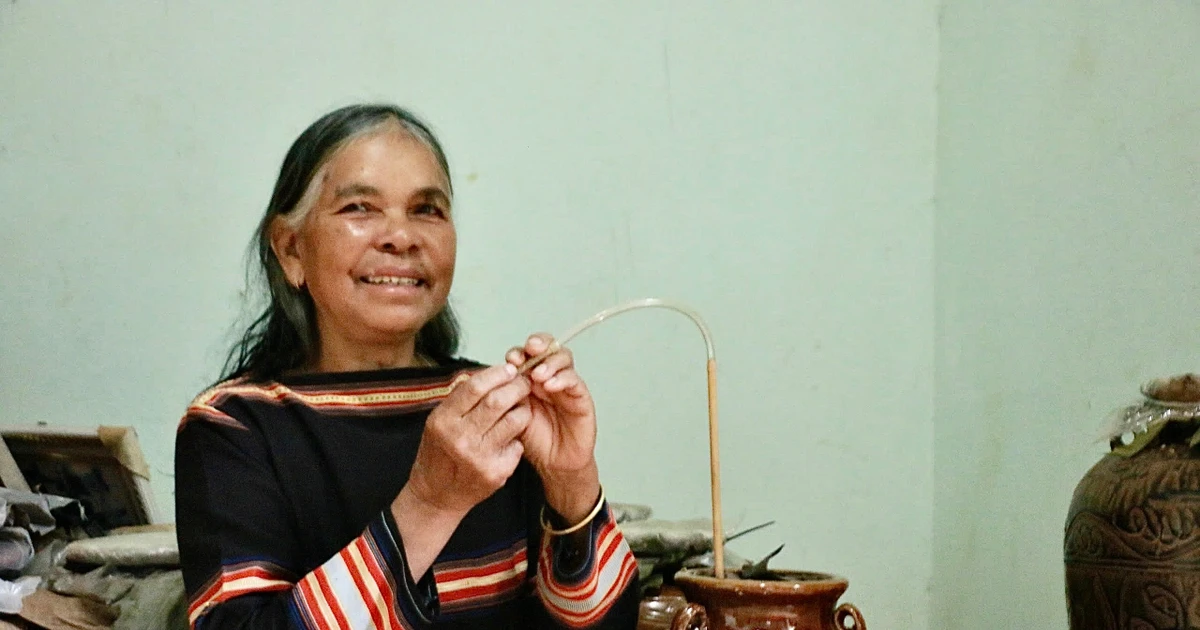
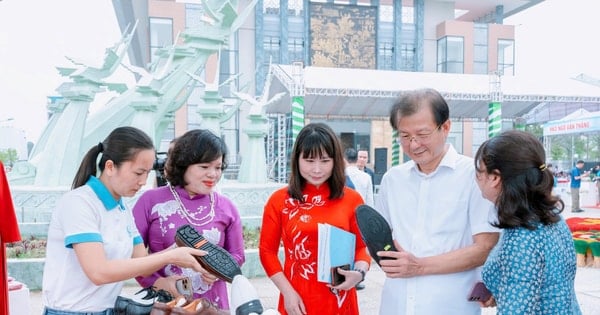





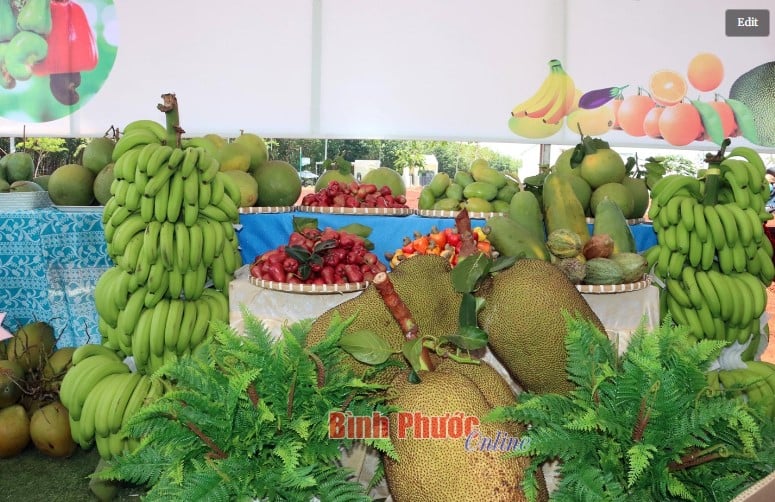

Comment (0)